First Tower Silo Designated A Historic Landmark Of Agricultural Engineering. The First Tower Silo In America Was Erected Near This Site On The Hatch Farm, One Half-Mile East Of Spring Grove, Illinois. Fred L. Hatch And His Father, Lewis Hatch, Erected This Silo In October 1873, After Fred Graduated From The Illinois Industrial University. (Now The University Of Illinois). Textbooks On Agriculture Were Scarce, And Professor Willard F. Bliss Translated French And German Pamphlets On Silage Production Wherein The Entire Corn Plant Was Buried In Pits, And This Inspired Young Hatch.
1984
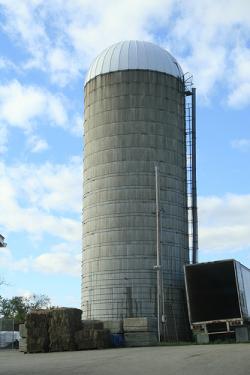

New OrleansState: LACountry: USAWebsite: http://www.asme.org/about-asme/history/landmarks/topics-m-z/rail-transportation---2/-101-st--charles-avenue-streetcar-line-%281835%29, https://www.asme.org/getmedia/40ef6e7c-697d-4f77-8daa-059a37f698b3/101-St-Charles-Avenue-Streetcar-Line-1835.aspxCreator: Perley A. Thomas Car Company
The St. Charles Avenue Streetcar Line is the oldest surviving interurban-urban passenger rail transportation system in the United States. Originally incorporated as the New Orleans Carrollton Rail Road in 1833, service began in 1835. A variety of motive power had been used including horses, mules, overhead cable, steam engines, and ammonia engines before electrification in 1893. The 900-series cars presently in service were designed and built by the Perley A. Thomas Car Company of High Point, North Carolina, in 1923 to 1924.

The SS Jeremiah O'Brien, an emergency cargo vessel of the type EC2-S-C1 better known as Liberty Ships, is one of two operative survivors of 2,751 ships, the largest fleet of single class ever built. The other is the SS John W. Brown, now in Baltimore (not operative at the time of the landmark designation). Between March 1941 and November 1945, eighteen US shipyards produced 2,751 ships. The design stressed minimum cost, rapidity of construction, and simplicity of operation. The original design and configuration have not been altered.
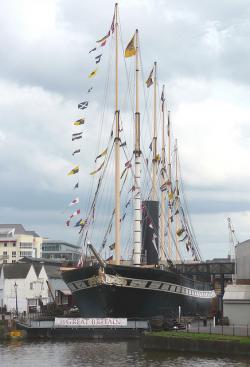
The innovative SS Great Britain, launched in 1843, was the first iron-hulled, screw-propelled ship to cross any ocean and led mercantile history into British domination in the late nineteenth century. Standard practice of naval and merchant ship construction derived from this ship. The compartmented hull, unprecedented 1,500-horsepower engine with chain drive, and many other seminal features were the designs of Isambard Kingdom Brunel. New design features included a balanced rudder, an electric log, a double bottom, and water-tight bulkheads.
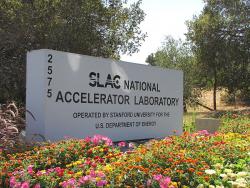
The basic research tool at SLAC is an intense beam of electrons that have been accelerated by an electric field equivalent to 30 billion volts, making this the most powerful electron beam in the world.
The two-mile linear accelerator produces this field using high-power microwaves traveling through an evacuated waveguide. Electrons injected into one end of this pipe are continuously accelerated by this traveling field to very high energies.

The Stanford Linear Accelerator Center was renamed in 2009 to the SLAC National Accelerator Laboratory.
Notable for: unique electromechanical devices and systems in the longest accelerator in the world
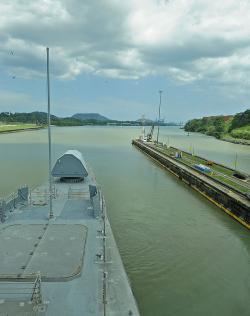
The United States became interested in a water route through the Panamanian isthmus in the mid-1850s, but it was the French who first attempted to build the Panama Canal. Led by Ferdinand de Lesseps, builder of the Suez Canal in Egypt, the French began the project in 1876. Conditions were brutal: rampant yellow fever and malaria; massive landslides and flooding; sweltering heat; and construction equipment that was too light for the job.
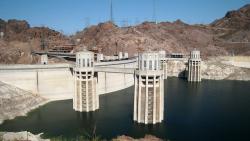
In 1918, the U.S. Reclamation Service's director and chief engineer Arthur P. Davis proposed a dam of unprecedented height to control the devastating floods on the Colorado River, generate hydroelectric power, and store the river's ample waters for irrigation and other uses.

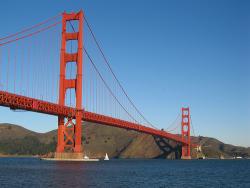
Put in service in 1937, this world-renowned bridge, conceived by Joseph Strauss and designed largely by Charles Ellis, was the longest single span (4,200 feet) in the world for a quarter century.
As with many civil engineering projects in their conceptual stages, naysayers scoffed at the Golden Gate Bridge. They said it would be technically unfeasible or too expensive to bridge the Golden Gate, a 1.7-mile-wide opening separating the Pacific Ocean from the San Francisco Bay. They said that the channel was too deep; the tides and winds too strong; the span too long.
Innovations
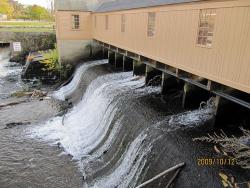
Much of the sophisticated system of canals, dams, gates, and tunnels built to manage water power in 19th-century Lowell is preserved today as the basis of the Lowell National Historical Park and the Lowell Heritage State Park. Pictured above is the Boott Penstock, an early channel adjacent to…
Read More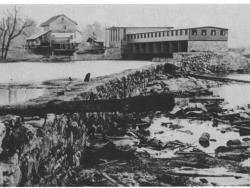
This run-of-the-river plant is a typical example of late nineteenth-century small-scale (750 kilowatt) low-head hydroelectric power technology. The Fries Manufacturing and Power Company began operating the Idol's Station on April 18, 1898, making it the first commercial hydroelectric plant in…
Read More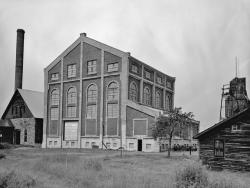
The largest mine hoist in the world, it serves the two incline skipways of Shaft No. 2, almost 9,300 feet long. The overhead winding drum has a diameter of 30 feet, of which the cylindrical center section is 10 feet long. The two 10-foot long end sections taper down to a 15-foot diameter. Wire…
Read More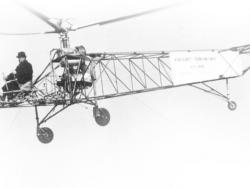
America's first practical helicopter, it pioneered the single main rotor concept that became the predominant helicopter configuration throughout the world. The principles that were developed and demonstrated by the VS-300 had direct application in the design of the early mass-production…
Read More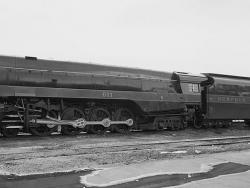
Developed for use in both the plains and mountains, this coal-fired passenger locomotive was among the most advanced in design, construction, and performance of any 4-8-4. Designed by Norfolk & Western engineers and built in the Norfolk & Western Roanoke shops, the 611 was specially…
Read More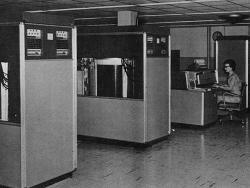
The IBM 350 disk drive storage development led to the breakthrough of on-line computer systems by providing the first storage device with random access to large volumes of data. Since its introduction on September 4, 1956, it has become the primary computer bulk-storage medium, displacing…
Read More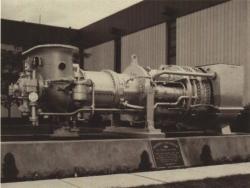

A project that combined great engineering ambition and burgeoning civic pride, the Columbia River Highway was built at the dawn of the automobile age out of a desire to bring greater attention to the growing population and natural beauty of the Pacific Northwest. By the time of its completion in…
Read More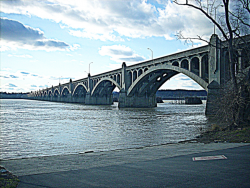
The total length of the Columbia-Wrightsville Bridge is 7,374 feet. Its construction required 100,000 cubic yards of concrete and 8 million pounds of steel reinforcing rods.
Consisting of 28 arches, each 185 feet long, the Columbia-Wrightsville Bridge carrying automobile traffic…
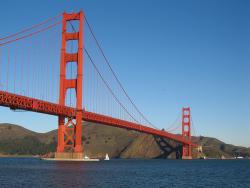
Put in service in 1937, this world-renowned bridge, conceived by Joseph Strauss and designed largely by Charles Ellis, was the longest single span (4,200 feet) in the world for a quarter century.
As with many civil engineering projects in their conceptual stages, naysayers scoffed at the…
Read More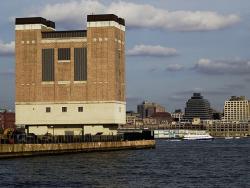

In 1918, the U.S. Reclamation Service's director and chief engineer Arthur P. Davis proposed a dam of unprecedented height to control the devastating floods on the Colorado River, generate hydroelectric power, and store the river's ample waters for irrigation and other uses. A dam project of…
Read More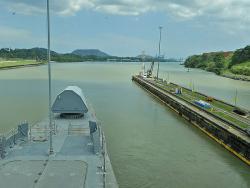
The United States became interested in a water route through the Panamanian isthmus in the mid-1850s, but it was the French who first attempted to build the Panama Canal. Led by Ferdinand de Lesseps, builder of the Suez Canal in Egypt, the French began the project in 1876. Conditions were brutal…
Read More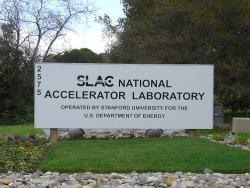
The Stanford Linear Accelerator Center was renamed in 2009 to the SLAC National Accelerator Laboratory.
Notable for: unique electromechanical devices and systems in the longest accelerator in the world
The Stanford two-mile accelerator, the longest in the world,…
Read More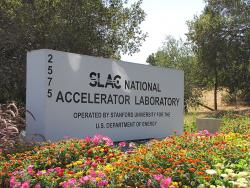
The basic research tool at SLAC is an intense beam of electrons that have been accelerated by an electric field equivalent to 30 billion volts, making this the most powerful electron beam in the world.
The two-mile linear accelerator produces this field using high-power microwaves…
Read More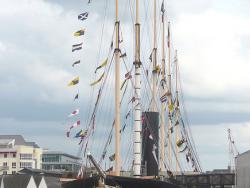
The innovative SS Great Britain, launched in 1843, was the first iron-hulled, screw-propelled ship to cross any ocean and led mercantile history into British domination in the late nineteenth century. Standard practice of naval and merchant ship construction derived from this ship. The…
Read More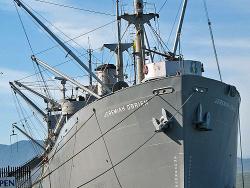
The SS Jeremiah O'Brien, an emergency cargo vessel of the type EC2-S-C1 better known as Liberty Ships, is one of two operative survivors of 2,751 ships, the largest fleet of single class ever built. The other is the SS John W. Brown, now in Baltimore (not operative at the time of the landmark…
Read More
The St. Charles Avenue Streetcar Line is the oldest surviving interurban-urban passenger rail transportation system in the United States. Originally incorporated as the New Orleans Carrollton Rail Road in 1833, service began in 1835. A variety of motive power had been used including horses,…
Read More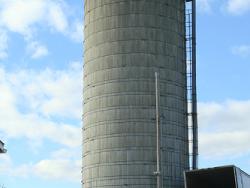
First Tower Silo Designated A Historic Landmark Of Agricultural Engineering. The First Tower Silo In America Was Erected Near This Site On The Hatch Farm, One Half-Mile East Of Spring Grove, Illinois. Fred L. Hatch And His Father, Lewis Hatch, Erected This Silo In October 1873, After Fred…
Read More

